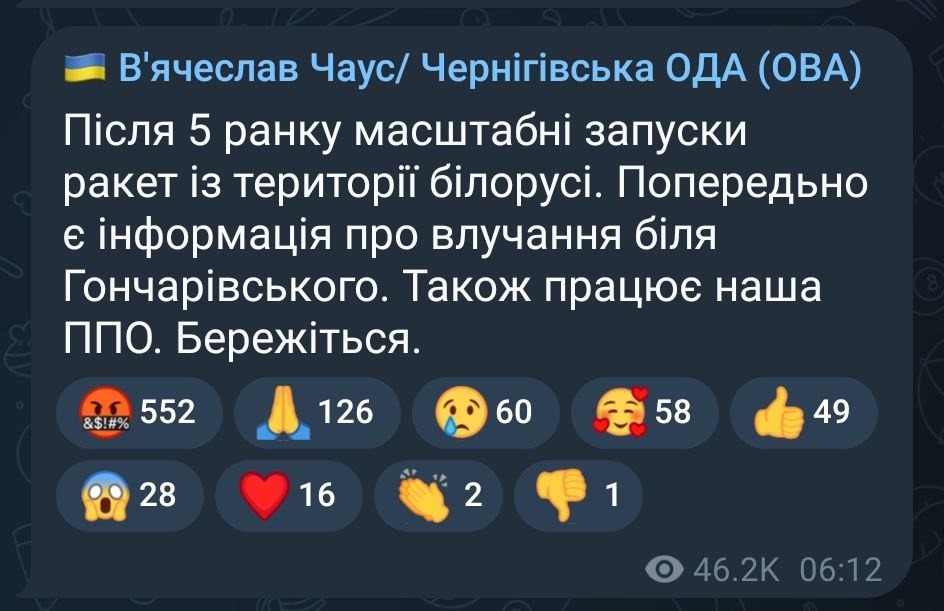Exploring Android's Refreshed Design Language

Table of Contents
Material Design 3: The Foundation of the Refresh
Material Design 3 forms the bedrock of Android's refreshed design language. Building upon its predecessor, Material Design 2, it refines and expands upon core principles to create a more modern, inclusive, and adaptable user interface. Key visual changes offer a noticeable improvement in the overall aesthetic and functionality.
-
Updated Color Palettes and Accessibility: Material Design 3 introduces a more vibrant and diverse range of color palettes, enhancing accessibility for users with visual impairments. The updated system prioritizes color contrast ratios, ensuring readability across different devices and scenarios. This is crucial for improved Android UI design.
-
Typography Enhancements for Readability: The refreshed design boasts improved typography, prioritizing readability and legibility. Font choices and scaling are optimized for various screen sizes and resolutions, resulting in a more comfortable reading experience across all Android devices.
-
Refined Shapes and Visual Hierarchy: Subtle yet impactful changes to shapes and visual hierarchy provide better clarity and organization within apps. This contributes significantly to improved user experience (UX) and ease of navigation within the Android UI.
-
Enhanced Animations and Transitions: Smooth, refined animations and transitions create a more fluid and engaging user experience. These subtle details make interacting with Android apps feel more natural and intuitive. This also contributes greatly to Material You, the personalized experience Material Design 3 offers.
Improved User Experience through Design Consistency
Android's refreshed design language prioritizes consistency across apps, significantly boosting user experience. A unified design language reduces cognitive load, enabling users to seamlessly navigate different apps without needing to learn new interaction patterns each time.
-
Improved Navigation and Interaction: Standardized navigation patterns and interaction elements create a more predictable and intuitive user experience. Consistent placement of buttons, menus, and other interactive elements leads to reduced user frustration.
-
Enhanced Accessibility Features: Material Design 3 includes enhanced accessibility features, catering to users with disabilities. Improved color contrast, larger touch targets, and customizable text sizes ensure inclusivity for a wider range of users.
-
Adaptive Design for Optimal User Experience: Adaptive design ensures the Android UI scales and adapts gracefully to different screen sizes, providing an optimal experience across smartphones, tablets, and foldables. This adaptability is key to consistent UX across various devices.
Dynamic Color and Thematic Personalization
A standout feature of Android's refreshed design language is "Dynamic Color," a key element of Material You. This innovative approach to personalization dynamically adapts the app's color scheme to the user's chosen wallpaper and theme.
-
Wallpaper-Based Theming: Dynamic Color analyzes the dominant colors in the user's wallpaper and applies those colors throughout the system UI and compatible apps. This creates a cohesive and personalized experience, reflecting the user's individual style.
-
Impact on App Branding: While adapting to the user's theme, Dynamic Color carefully balances personalization with maintaining app branding. Key brand elements remain visible, ensuring consistency with the app's identity.
-
Enhanced Visual Appeal and User Satisfaction: The personalized visual experience fostered by Dynamic Color boosts user satisfaction and engagement. This feature transforms the look and feel of Android, making it more visually appealing and enjoyable to use.
Impact on Android App Development
Android's refreshed design language presents both opportunities and challenges for app developers. Google provides updated tools and resources to aid in the transition to Material Design 3.
-
Updated Design Guidelines and Documentation: Comprehensive and updated design guidelines and documentation are available to help developers implement Material Design 3 effectively. These resources streamline the design and development process.
-
New Libraries and Components: New libraries and components simplify the implementation of Material Design 3 features, enabling developers to quickly and efficiently create beautiful and functional Android apps. This includes improvements to the Android UI kit.
-
Challenges and Opportunities: While there are challenges associated with updating existing apps, the opportunities offered by the enhanced design language are significant, leading to more engaging and user-friendly apps.
Conclusion: Embracing Android's Refreshed Design Language
Android's refreshed design language, powered by Material Design 3, represents a significant advancement in mobile user interface design. The focus on consistency, personalization, and accessibility results in a more engaging and inclusive user experience. For developers, the updated design guidelines, tools, and libraries offer opportunities to build more stunning and functional Android apps. Dive deeper into Android's refreshed design language today and start designing stunning Android apps with the updated Material Design 3!

Featured Posts
-
 Goles Y Resumen Del Partido Olimpia Derrota A Penarol 2 0
May 16, 2025
Goles Y Resumen Del Partido Olimpia Derrota A Penarol 2 0
May 16, 2025 -
 Ge Force Now Game Additions Halo Balatro And Others
May 16, 2025
Ge Force Now Game Additions Halo Balatro And Others
May 16, 2025 -
 Biden Family And Politics An Aides Counsel
May 16, 2025
Biden Family And Politics An Aides Counsel
May 16, 2025 -
 Elon Musks Gorklon Rust A New Chapter For X
May 16, 2025
Elon Musks Gorklon Rust A New Chapter For X
May 16, 2025 -
 Bolee 200 Raket I Dronov Rossiya Nanesla Massirovanniy Udar Po Ukraine
May 16, 2025
Bolee 200 Raket I Dronov Rossiya Nanesla Massirovanniy Udar Po Ukraine
May 16, 2025
